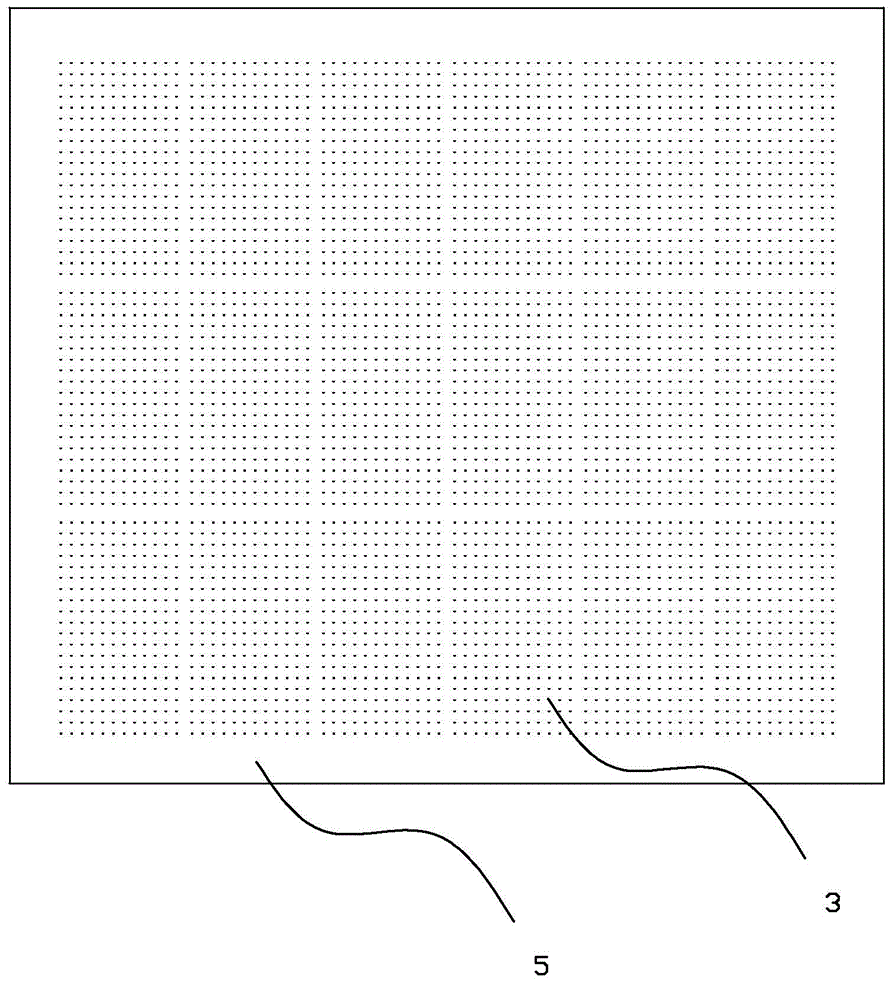Manufacturing process of multi-point touch single-layer film touch sensor
A touch sensor and multi-touch technology, applied in the input/output process of instruments, data processing, calculation, etc., can solve the problems of increased production cost, many unfavorable factors in the process, and high material cost, and achieve a sharp reduction in the cost of production actions , fewer adverse factors in the process, and the effect of reducing production costs
- Summary
- Abstract
- Description
- Claims
- Application Information
AI Technical Summary
Problems solved by technology
Method used
Image
Examples
Embodiment Construction
[0036] The present invention will be further described in detail below in conjunction with the accompanying drawings and embodiments.
[0037] The invention provides a multi-touch single-layer thin-film touch sensor manufacturing process. Based on the 3D printing process, the functional image of the sensor is printed layer by layer, starting from the bottom layer and superimposed layer by layer; after the functional image is formed, use the traditional The post-forming process of the thin film sensor is the production process of the multi-touch single-layer thin film touch sensor by laminating the functional image with the optical glue, defoaming, cutting and forming.
[0038] details as follows:
[0039] Step 1. Convert the designed electrode pattern and electrode lead 1 pattern, that is, the 2D computer-aided design file, into a 3D three-dimensional computer-aided design data file and input it into the 3D printer, and put the special transparent conductive material (graphene...
PUM
 Login to View More
Login to View More Abstract
Description
Claims
Application Information
 Login to View More
Login to View More - R&D
- Intellectual Property
- Life Sciences
- Materials
- Tech Scout
- Unparalleled Data Quality
- Higher Quality Content
- 60% Fewer Hallucinations
Browse by: Latest US Patents, China's latest patents, Technical Efficacy Thesaurus, Application Domain, Technology Topic, Popular Technical Reports.
© 2025 PatSnap. All rights reserved.Legal|Privacy policy|Modern Slavery Act Transparency Statement|Sitemap|About US| Contact US: help@patsnap.com



